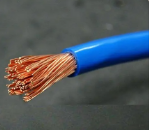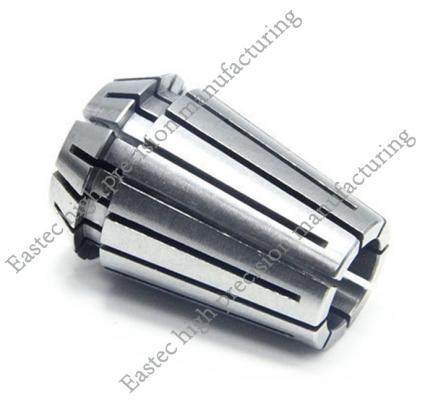A bolt is a type of fastener consisting of two parts: a head and a screw (a cylinder with external threads). It is used in conjunction with a nut to securely connect two parts with through holes. This type of connection is called a bolted connection. If the nut is unscrewed from the bolt, the two parts can be separated, making the bolted connection a detachable type.
I. Basic Concepts of Bolted Connections
1. Types of Bolted Connections
Bolted connections can be divided into two main categories: ordinary bolted connections and high-strength bolted connections. Ordinary bolted connections are mainly used in situations where static loads or smaller dynamic loads are applied, while high-strength bolted connections are used for larger dynamic loads or impact loads.
2. Characteristics of Bolted Connections
(1) Detachability: Bolted connections can be easily disassembled and reassembled.
(2) Reliability: The reliability of the connection can be ensured through proper preload control.
(3) Adaptability: Suitable for connecting various materials and thicknesses.
(4) Cost-effectiveness: Relatively low cost and easy maintenance.
II. Design and Calculation of Bolted Connections
1. Determining Bolt Specifications
(1) Based on the material and thickness of the connected parts, determine the diameter and length of the bolt.
(2) Consider the working environment and select the appropriate bolt material and surface treatment.
2. Calculating Bolt Preload
(1) Determine the required clamping force for the connection.
(2) Consider the friction coefficient and thread efficiency to calculate the required preload.
(3) Select the appropriate tightening torque based on the preload.
3. Checking Bolt Strength
(1) Calculate the tensile stress of the bolt.
(2) Calculate the shear stress of the bolt.
(3) Verify whether the combined stress of the bolt meets the strength requirements.
4. Checking the Strength of Connected Parts
(1) Calculate the compressive stress of the connected parts.
(2) Verify whether the strength of the connected parts meets the requirements.
III. Installation and Maintenance of Bolted Connections
1. Installation Precautions
(1) Ensure that the connecting surfaces are clean and flat.
(2) Use appropriate tools and tighten according to the specified torque.
(3) For critical connections, it is recommended to use the torque-angle method to control preload.
2. Maintenance Points
(1) Regularly check the tightness of bolted connections.
(2) For connections subjected to dynamic loads, re-tighten periodically.
(3) Replace loose or damaged bolts promptly.
IV. Common Issues and Solutions
1. Bolt Loosening
(1) Causes: Insufficient preload, vibration, temperature changes, etc.
(2) Solutions: Increase preload, use anti-loosening washers, conduct regular inspections, etc.
2. Bolt Fracture
(1) Causes: Overloading, fatigue, stress concentration, etc.
(2) Solutions: Select appropriate bolt specifications, improve stress distribution, replace periodically, etc.
3. Thread Damage
(1) Causes: Improper installation, corrosion, wear, etc.
(2) Solutions: Install correctly, use lubricants, conduct regular inspections, etc.
V. Development Trends of Bolted Connections
1. High-Strength: Develop higher-strength bolt materials to improve connection performance.
2. Intelligence: Develop smart bolts for real-time monitoring of connection status.
3. Environmental Friendliness: Develop eco-friendly surface treatment technologies to reduce environmental impact.
4. Standardization: Further improve the standardization system for bolted connections to enhance interchangeability.
Through the above content, we have gained a comprehensive understanding of the calculation, design, installation, and maintenance of bolted connections. In practical engineering, appropriate bolted connection solutions should be selected based on specific conditions, and operations should strictly follow specifications to ensure the safety and reliability of the connections. At the same time, with technological advancements, bolted connections are continuously evolving. We need to keep learning and mastering new knowledge to meet the demands of engineering practice.





 Customer service 1
Customer service 1  Customer service 2
Customer service 2